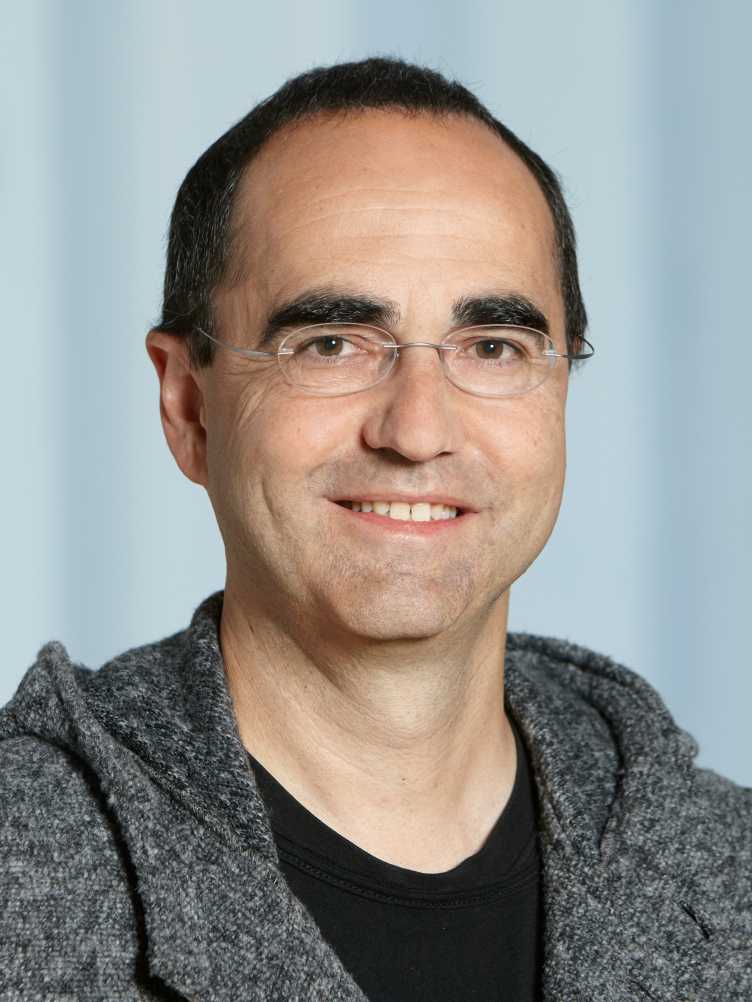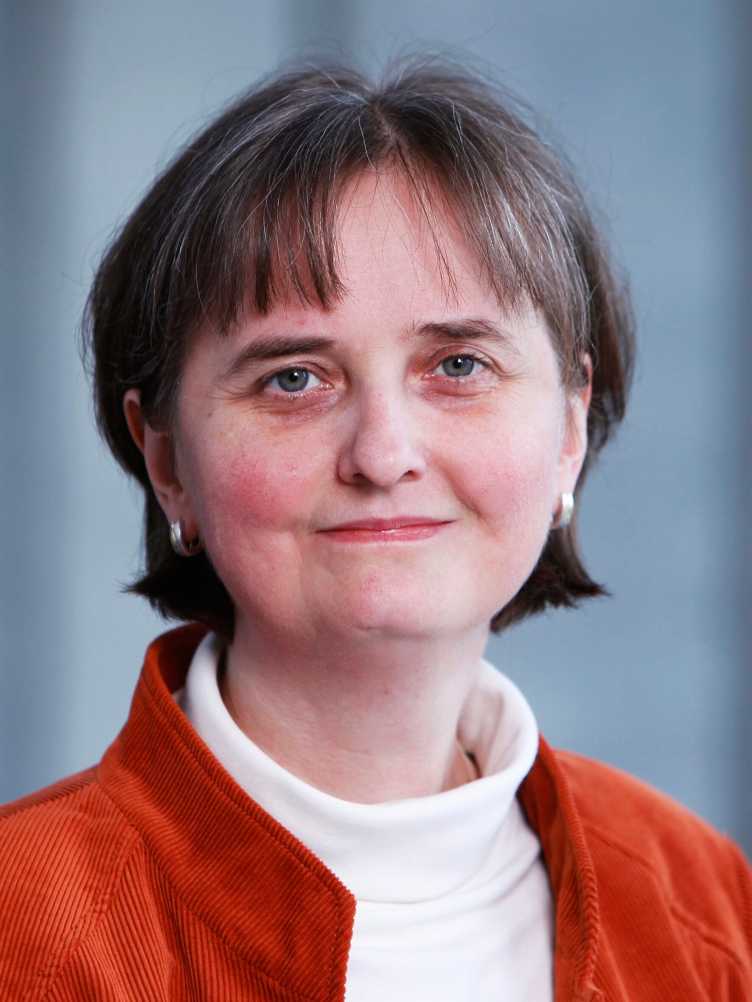D-CHAB Collaborations
Zoom into the map to explore the countries and institutions D-CHAB professors have had collaborations with since 2009. The map is based on affiliation data retrieved from Scopus (Elsevier). It shows the institutions of the co-authors of D-CHAB professors and the number of joint publications. Below, some D-CHAB professors explain in personal terms the role collaborations play in cutting-edge research and how they influence output.

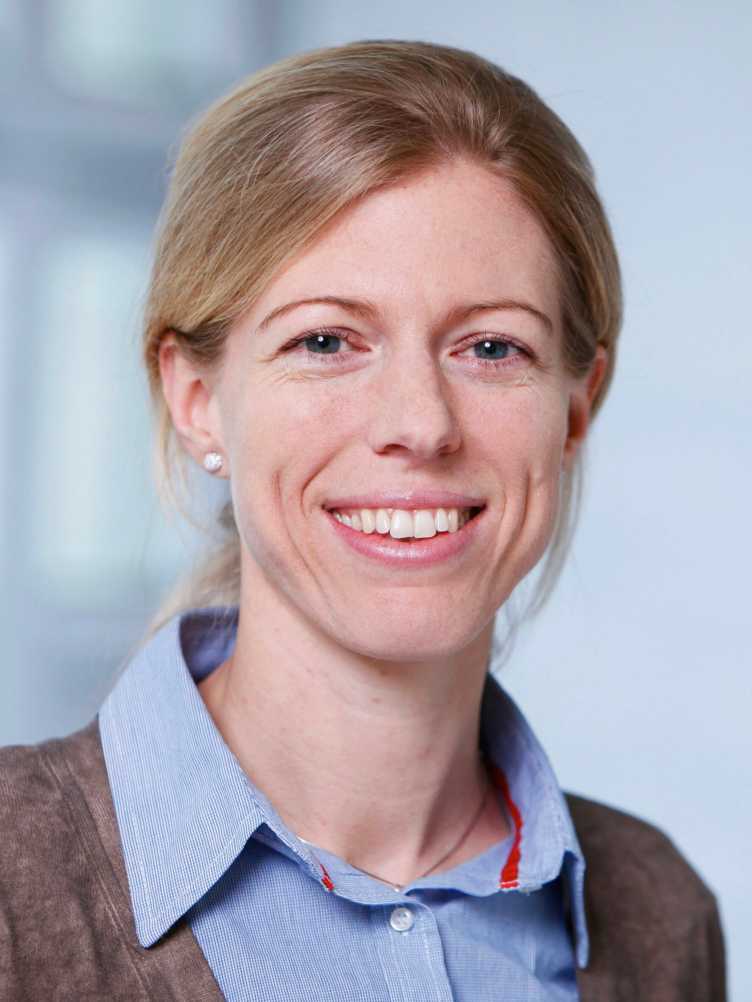
"Collaborations allow us to address scientific problems with technologies, methods, and tools complementing the ones established in our group. By enabling interdisciplinary approaches, they also help to fundamentally broaden our scientific horizon. I consider collaborations an essential element of good research."
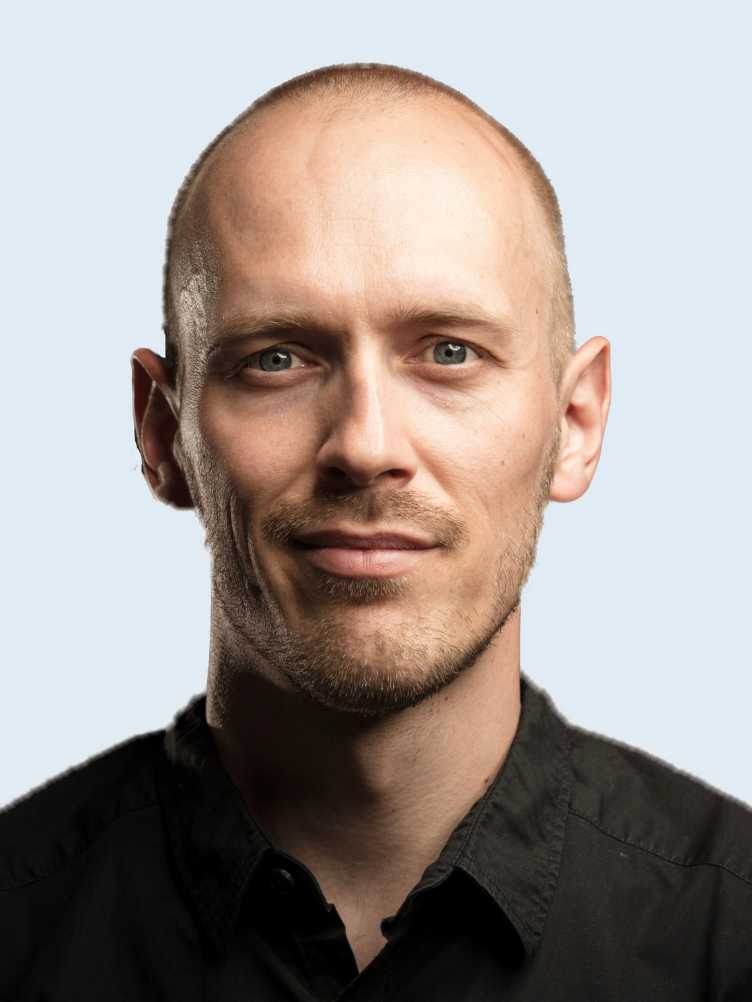
"Collaborations allow us to advance science efficiently. Connecting with international experts as well as accessing large research facilities at partner institutions enables scientist to accelerate their research. This allows society to benefit more quickly from knowledge gathered, for instance, in fundamental research."

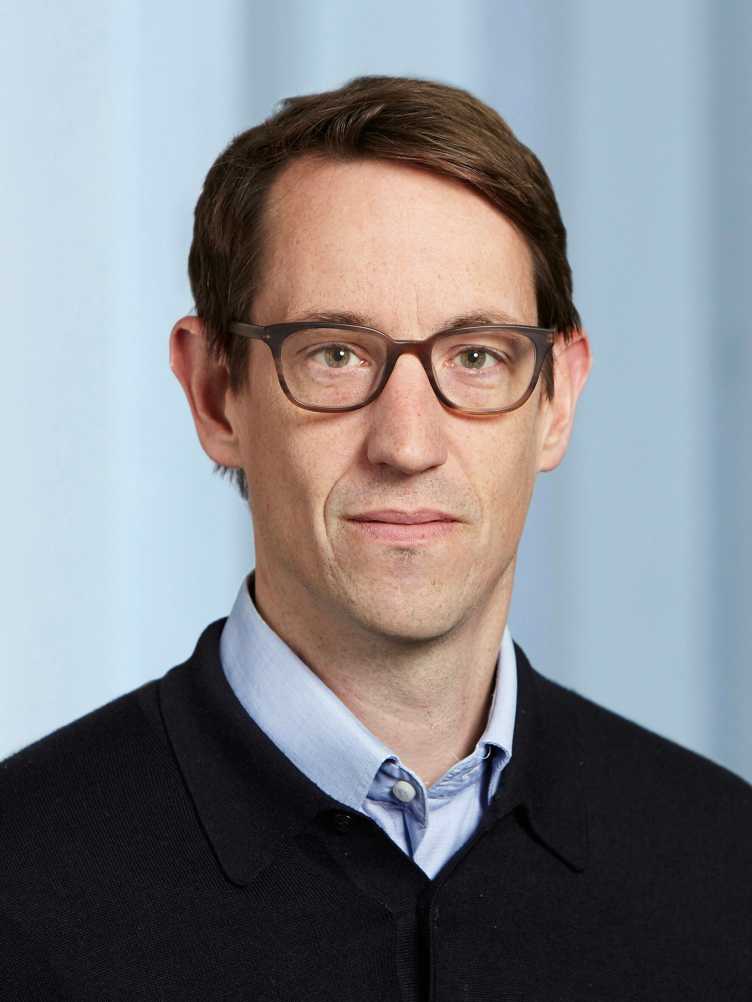
"Collaborations are the best and most efficient way to link knowledge from other fields with our own research and to learn from other fields. We learn not only technical details, but also a lot about the research culture in other groups, institutions and research areas. This is extremely inspiring for our own work."
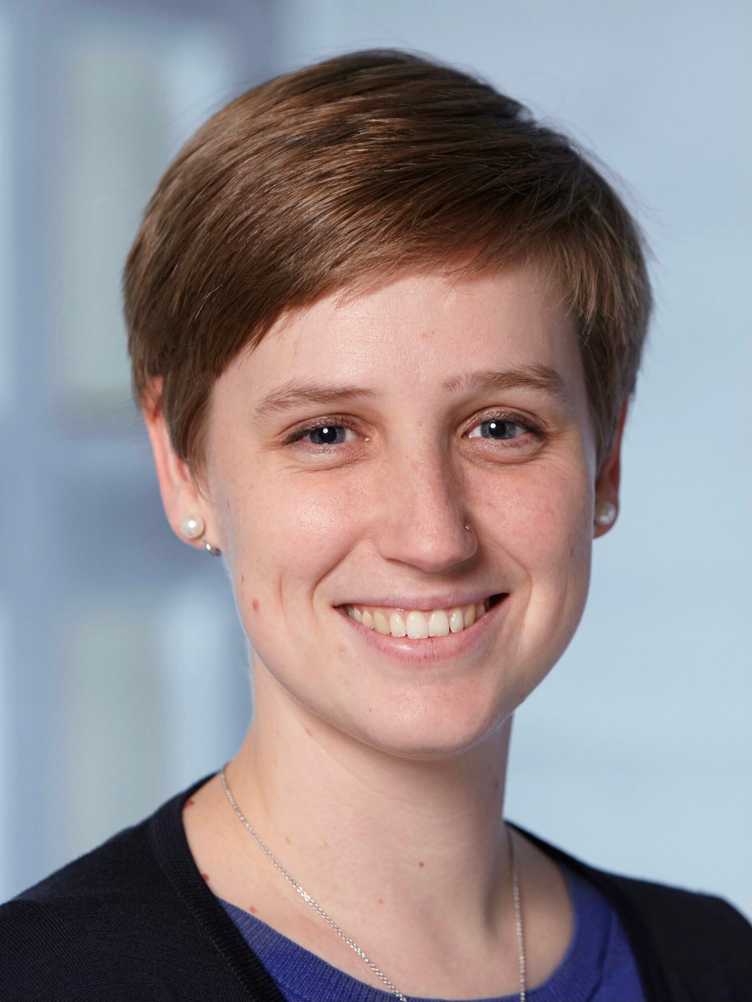
"Collaborations are essential to research as they allow the scientific question to be studied from different angles and obtain complementary insights. Especially in computational research like ours it is crucial to validate and apply the methods that we develop experimentally through collaborations."

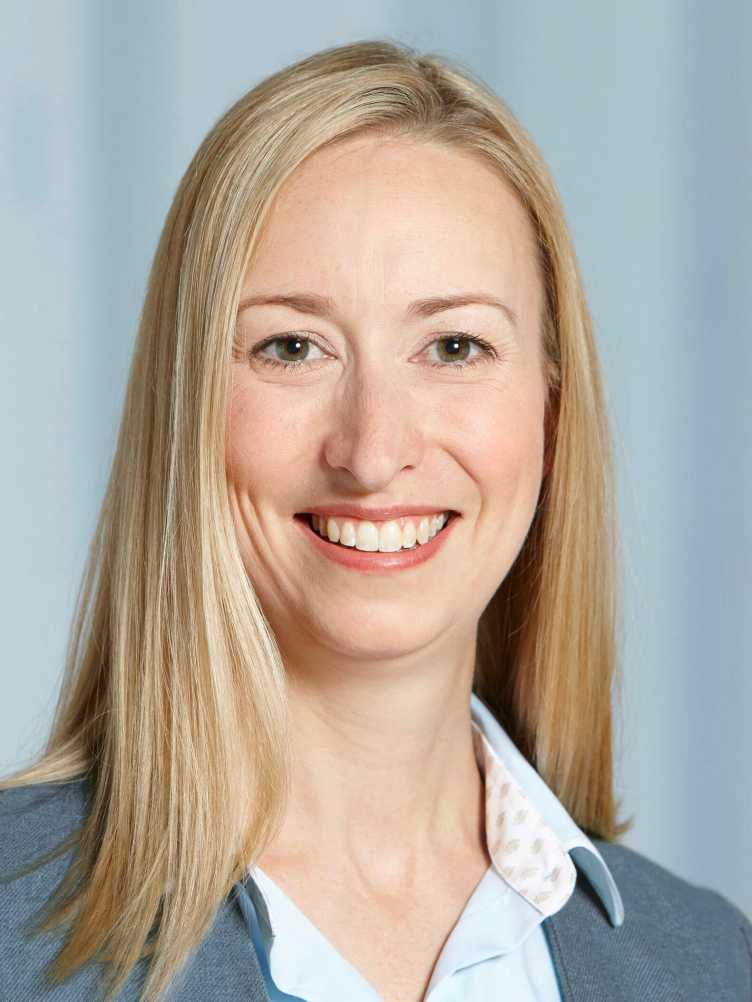
"I believe that fostering interdisciplinary collaborations is essential for innovation in research. As a pharmacoepidemiologist, I collaborate with medical doctors, pharmacists, and statisticians. Through the collaborations with my D-CHAB colleagues I think about problems differently, which opened doors for new projects."
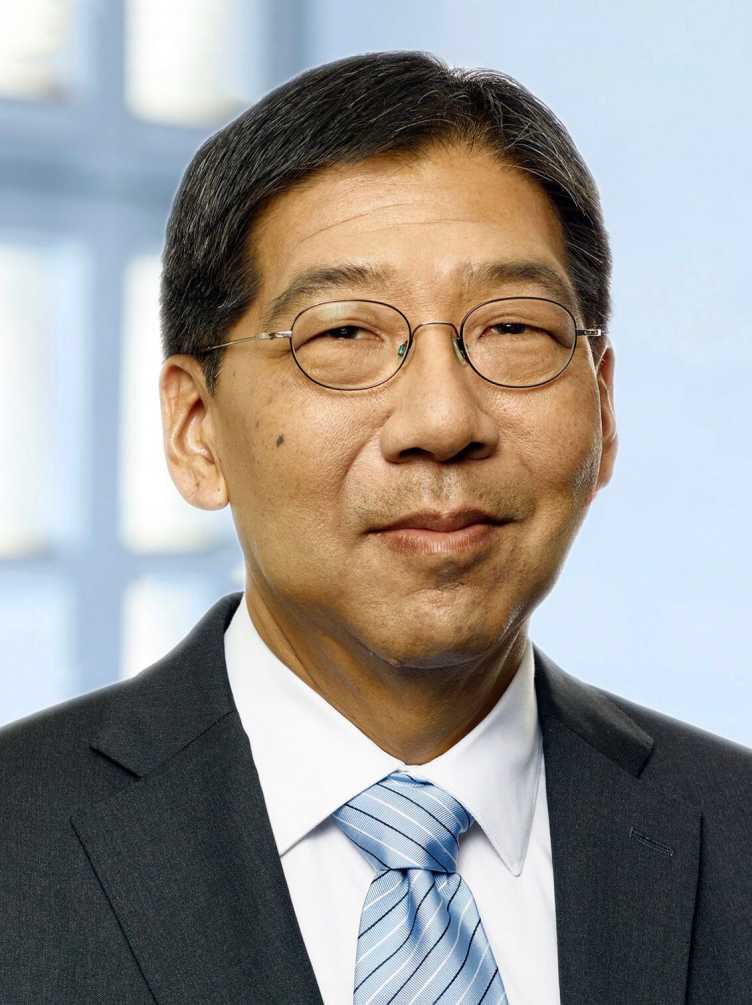
"An exchange of ideas became the impulse for bringing my group in a consortium directed to finding and quantifying chemical consequences of London dispersion. This collaboration increased the impact of our measurement techniques greatly and motivated us to gain a better understanding of intermolecular interactions."


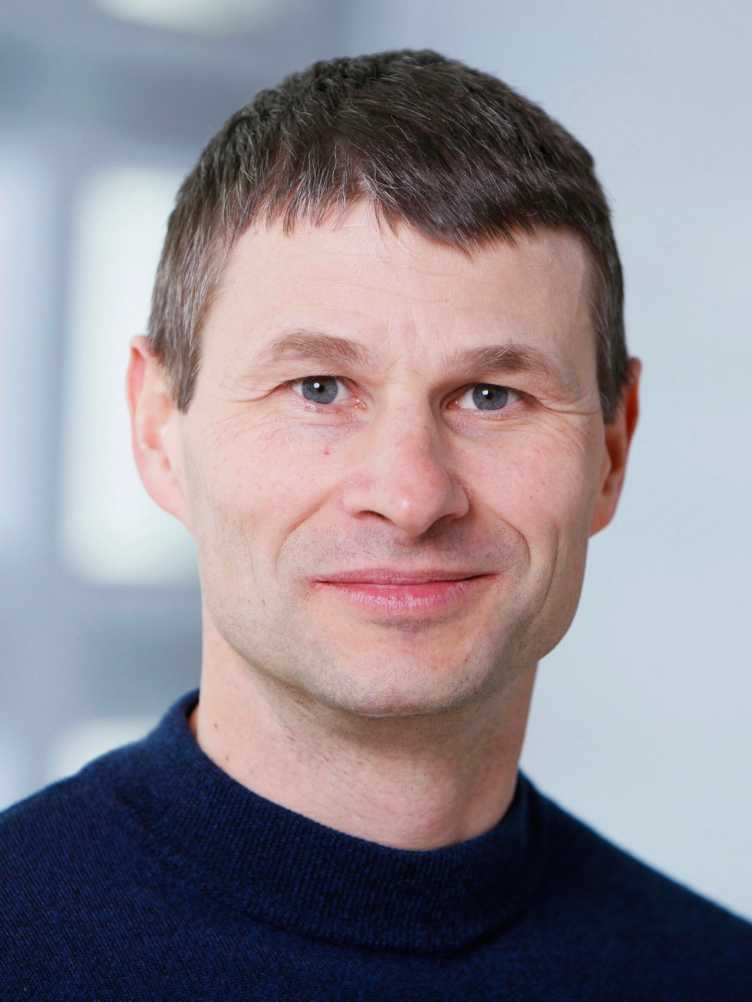
"Via collaborations, we were able to demonstrate that our methodology for measuring nanometer-range distances distributions in proteins can be applied to systems that are currently of great interest in structural biology. We can prove the relevance of our methodology in catalysis research only by collaborating with groups who work at the forefront of this field."
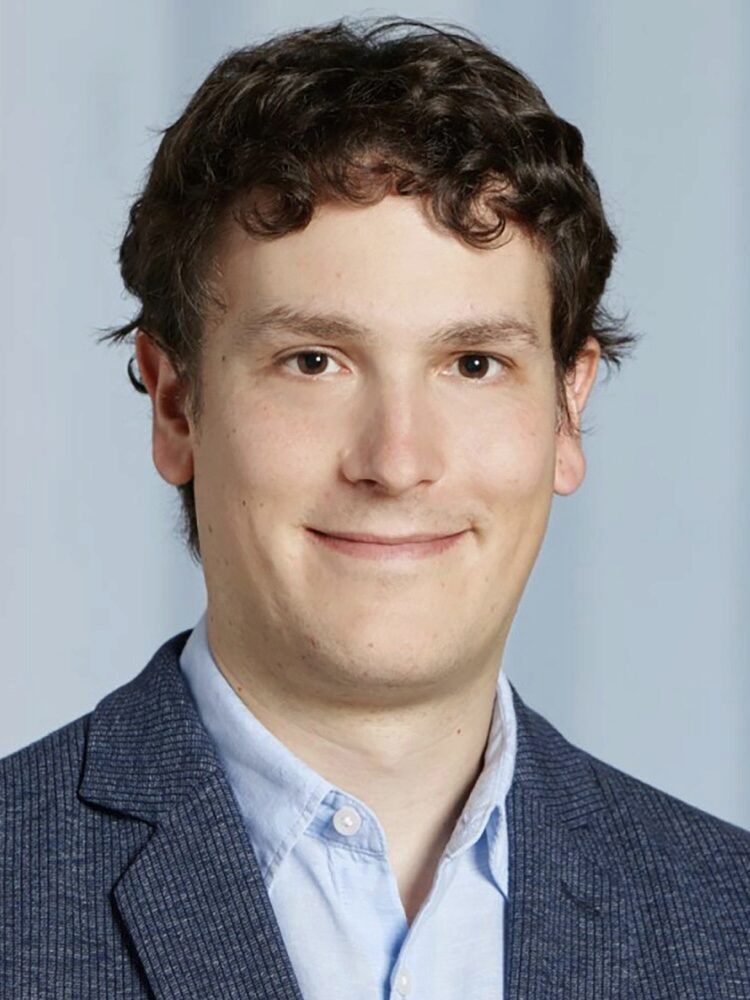
"We are experts in method development and use these methods to study fundamental questions and applications. We aim to transform the methods we developed into the most beneficial systems for patients and society. Cooperation helps to achieve this goal by increasing the impact of our research and focuses our innovation on new, relevant areas."

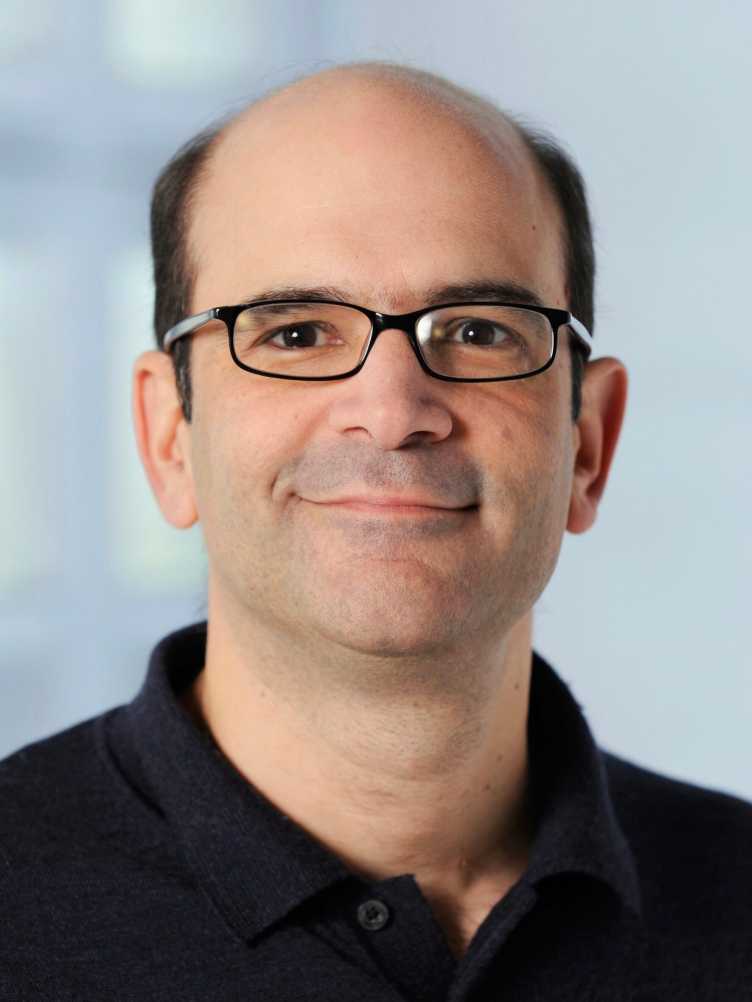
"To develop our fluorescent probes, we forged a team comprising pharmacologists, structural biologists, neuroscientists, computational chemists, lipid specialists, physiologists, and physicians. Metrics that capture the achievements of this team is the publication, which included 57 co-authors from nine countries spread across three continents, and the countless ideas which have since arisen as a consequence of fruitful discussions."
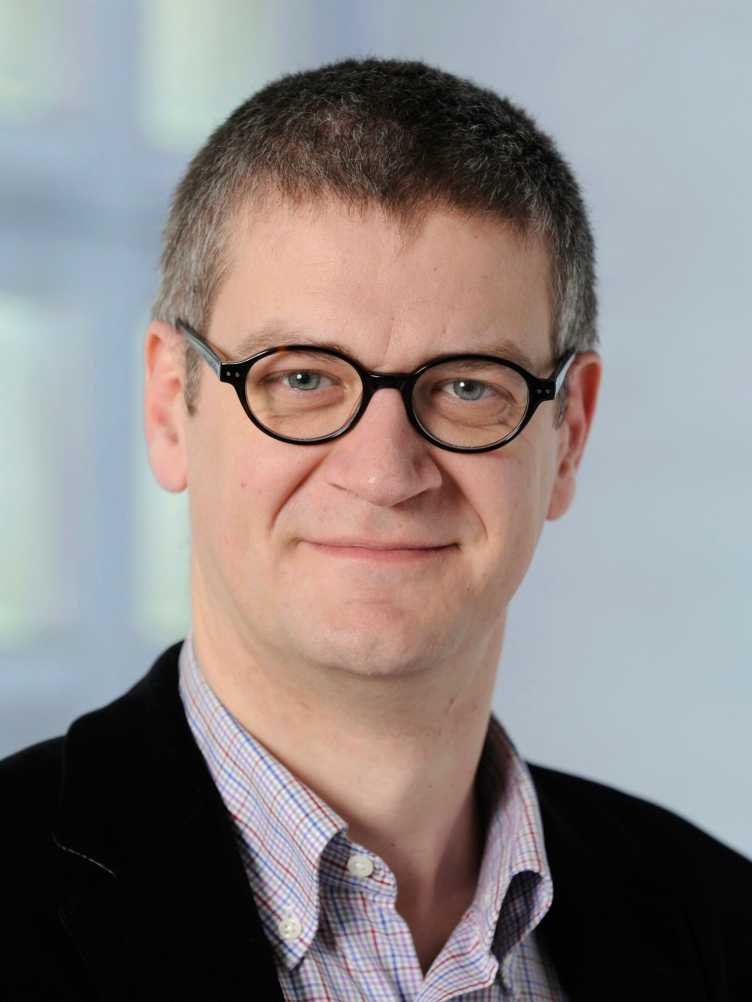
"Collaborations bring additional expertise and different point of views on research topics. This is true for both academic and industrial collaborations. We have been able to tackle problems and explore new research areas that would not been able possible to tackle by ourselves; this has been true across many examples whether NMR, EPR and X-Ray Absorption spectroscopies, computational chemistry/data analysis or material synthesis."


